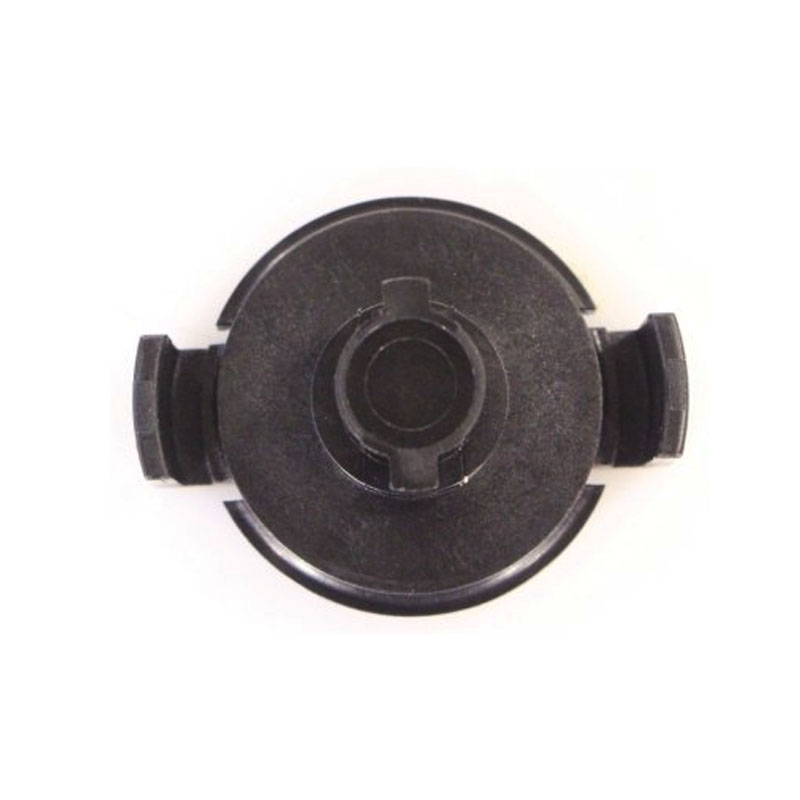Specifications for Oil Seal Standards and Applications in Industry
Understanding Oil Seal Standards A Comprehensive Overview
Oil seals play a crucial role in various mechanical systems, preventing the loss of lubricants and protecting components from contaminants. Given their importance, adherence to industry standards is essential for ensuring the reliability and efficiency of equipment. This article delves into the significance of oil seal standards, their classifications, and the implications for manufacturers and users.
Oil seal standards primarily originate from organizations such as the American National Standards Institute (ANSI), the International Organization for Standardization (ISO), and the Society of Automotive Engineers (SAE). These standards provide guidelines that govern the dimensions, materials, testing methods, and performance criteria of oil seals. Following these standards ensures compatibility between components and promotes optimal functionality.
One widely recognized standard is the ISO 9001, which emphasizes quality management systems across various industries. For oil seals, adhering to ISO standards guarantees that manufacturers maintain consistent product quality, thereby reducing the risk of failures in applications ranging from automotive to industrial machinery. Another standard often referenced is ISO 6194, which details the specifications for elastomeric seals, ensuring that the materials used can withstand specific operating conditions and fluids.
oil seal standard

The material composition of oil seals is a significant factor governed by these standards. Common materials include nitrile rubber, fluorocarbon, and silicone, each suited for different environments and application requirements. For instance, nitrile rubber is excellent for petroleum-based oils, while fluorocarbon seals are ideal for high-temperature and aggressive chemical environments. Standards provide guidance on selecting the appropriate material, which can lead to enhanced performance and longevity of the seals.
Testing methods also play a vital role in oil seal standards. These methods ensure that seals can withstand varying pressure, temperature, and chemical exposure. Standardized tests such as dynamic and static sealing performance assessments help predict the seal's lifespan and reliability under operational stresses. Compliance with these tests is crucial for manufacturers aiming to provide high-quality products that meet customer expectations.
In conclusion, oil seal standards are fundamental in ensuring the performance and reliability of sealing solutions across various applications. By adhering to these standards, manufacturers can produce high-quality products, while users can rest assured of their equipment's integrity. Understanding these standards not only aids in selecting the right oil seal but also contributes to overall operational efficiency and safety in diverse industries.
-
Simplifying Oil Changes: A Comprehensive Guide to Oil Drain Plugs and Their Variants
News Aug.04,2025
-
Mastering Oil Drain Maintenance: Solutions for Stripped, Worn, and Upgraded Oil Plugs
News Aug.04,2025
-
Fixing Oil Pan Plug Issues: Leaks, Stripped Nuts, and the Right Replacement Solutions
News Aug.04,2025
-
Everything You Need to Know About Oil Drain Plugs: Sizes, Fixes, and Upgrades
News Aug.04,2025
-
Choosing the Right Oil Drain Plug: A Guide to Sizes, Materials, and Drain Innovations
News Aug.04,2025
-
A Complete Guide to Automotive Drain Plugs: Types, Problems, and Innovative Solutions
News Aug.04,2025
-
The Ultimate Guide to Car Repair Kits: Tools and Essentials Every Driver Should Own
News Aug.01,2025
Products categories















